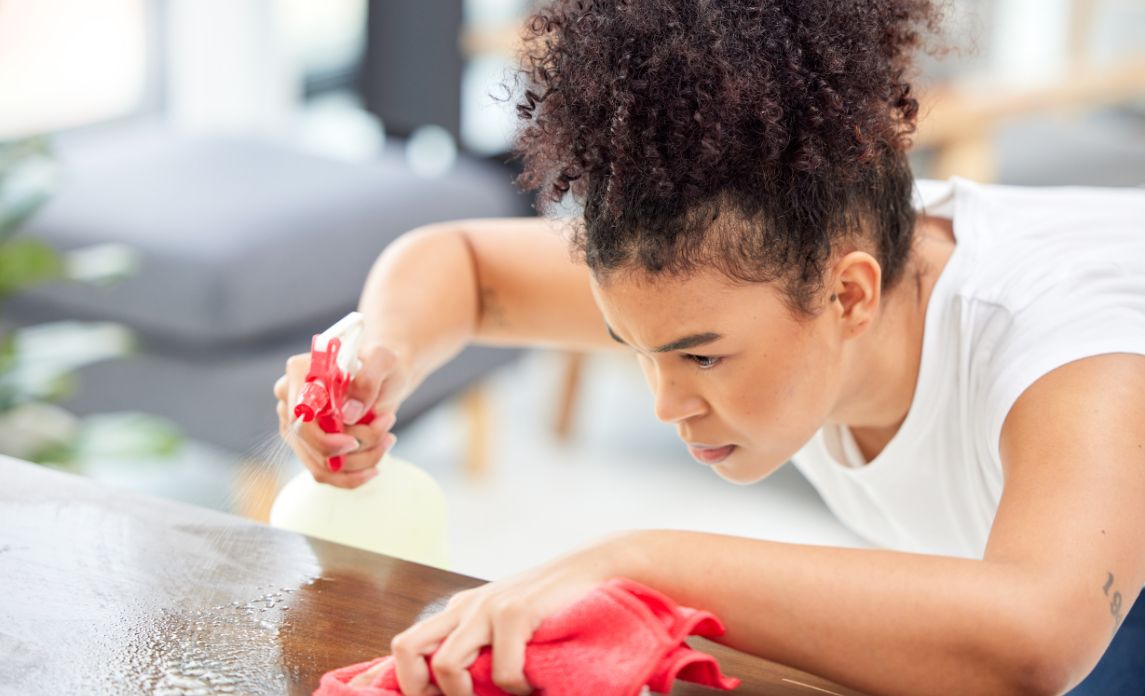Needless to say, COVID-19 has literally changed the way people do business. It also gave rise to a hot debate over which types of businesses are “essential.” Those that fell under this classification are those that provide products or services that are critical to sustaining life: food, healthcare, telecommunications, finance, and the like.
Even then, there had to be a huge shift in policies and logistics. For example, banks operated with a skeleton crew and customers were encouraged to transact through digital methods. Those in the restaurant industry, on the other hand, had to expand their delivery options among other changes in strategy.
Meanwhile, businesses that were considered to be optional or recreational in nature were given the “nonessential” classification. These businesses either had to cease operations completely,or find methods to deliver their goods and services that didn’t contribute to the spread of the disease.
The Cleaning Industry Pre- and Post-COVID
Nowadays, thanks in large part to scientific discoveries, the world has gotten better at fighting COVID. The disease isn’t eradicated by any means, but we now know how to handle cases much better. The wider availability of vaccines have also reduced the number of infections and lowered mortality rates.
Through all of these changes, there’s an industry that experienced a rise in demand: commercial cleaning services. The virus that causes COVID, SARS-CoV-2, is much like other viruses: its protective coating can be split apart by soap, inactivating it and allowing it to be washed away.
This knowledge drove almost an obsession in cleaning among the general public. While further studies have revealed that the primary transmission of COVID is through airborne particles, the early days of the pandemic made people almost manic about keeping things clean and germ-free.
As a direct result, commercial cleaning companies became extremely in-demand; those that were able to provide specialised services, even more so.
The question now is: is the demand the same for cleaning services a few years after the height of the pandemic? Will customers continue their clamour for highly specialised, intensive cleaning? Below are some things to consider and what you can expect moving forward:
Demand for Certain Products Will Plateau
For the first few months of the pandemic, people were encouraged to disinfect surfaces because SARS-CoV-2 is able to survive on them for several days. (Since then, it has been found that there is a low risk of surface transmission of COVID.)
This drove up the number of not just consumers looking for disinfectants, but also manufacturers looking for ingredients. In addition, personal hygiene products like soaps, hand sanitisers, and alcohol also saw an increase in sales.
Many of these cleaning and hygiene habits are expected to carry over to a post-COVID world. However, most people will not be as intense about them. As such, the demand for the above-mentioned products will see continuous high demand but no drastic increase.
More Sanitisation
For the layperson, “clean” and “sanitised” are practically synonymous; with the arrival of COVID, the difference between the two terms became apparent.
“Clean” is mostly superficial, so that the object or surface doesn’t have any visible dirt and isn’t greasy or grimy to touch. The amount of harmful germs may be reduced, but not completely eliminated.
“Sanitised,” on the other hand, means that the object or surface is inhospitable to most if not all bacteria, viruses, and other types of germs or contaminants. In short, sanitisation is a key element of preventing the spread of many kinds of disease—including COVID.
In a post-COVID world, commercial cleaners are expected to not just clean but also sanitise. Even businesses that usually don’t require a strict standard of cleanliness and sanitation will likely continue to request sanitisation for their establishments.
A Demand for “Visible” Cleaning
Some people have become paranoid, for lack of a better word, about cleanliness. After all, the COVID virus is an invisible enemy and anyone could potentially be infected after sufficient exposure.
This has led to a lot of consumers to desire safety in a psychological sense and to feel reassured. As such, this makes them more likely to patronise a business if they see visible efforts to clean and sanitise—like personnel disinfecting high-touch surfaces or the presence of high-capacity HEPA filters.
This presents a huge opportunity for commercial cleaning providers to offer their services to restaurants, hotels, schools, offices, and more.
After-Hours Services
As more establishments open up after long months of COVID lockdowns, commercial cleaning services are more in-demand than ever. That said, cleaning tasks can usually interfere with business operations; this is particularly true during peak hours.
To respond to the demand, professional cleaners can provide after-hours services. Doing so minimises disruptions; also allows more time and room to conduct thorough sanitisation.
Whether you like it or not, COVID has changed the business landscape and that includes the cleaning industry. By knowing where things stand and what can be expected, you can make the necessary decisions and develop the right strategies to ensure the success of your cleaning business in the long-term.


